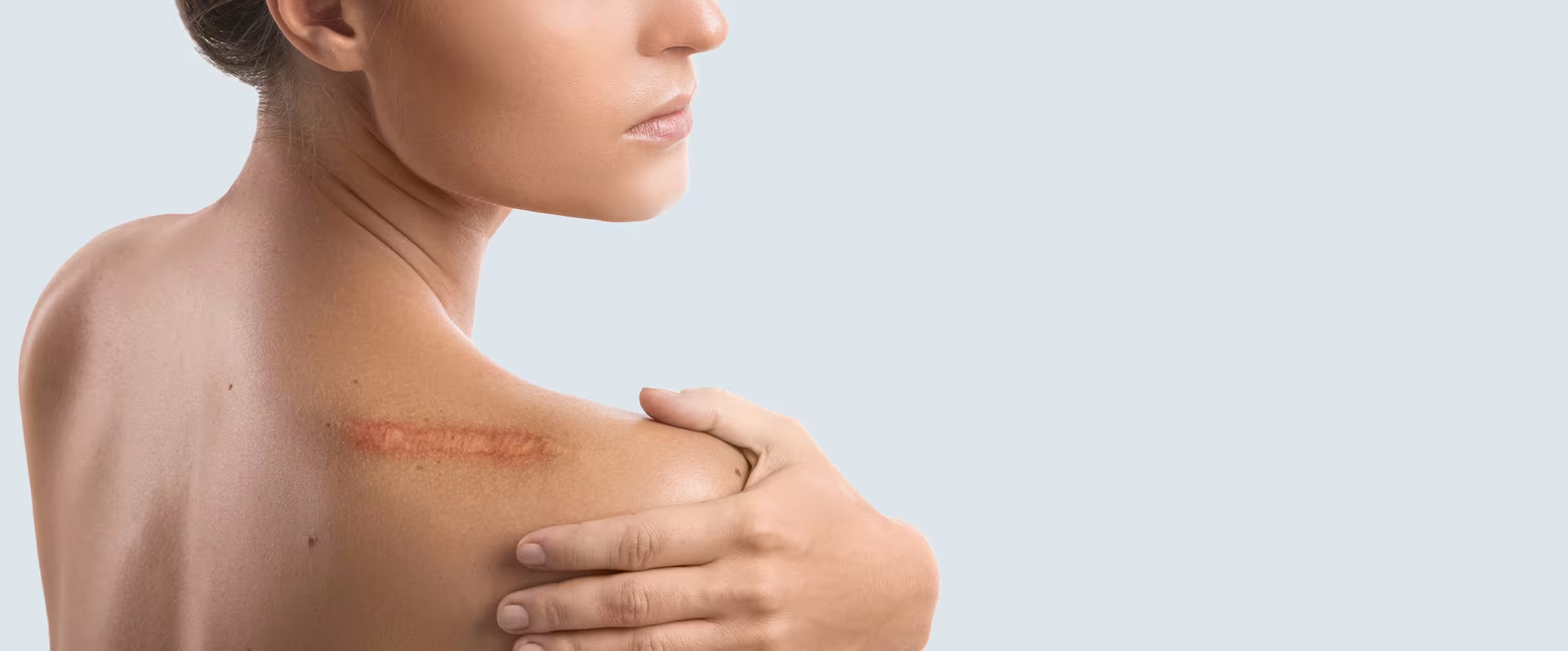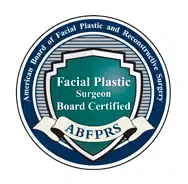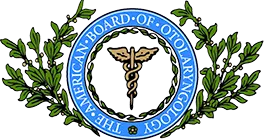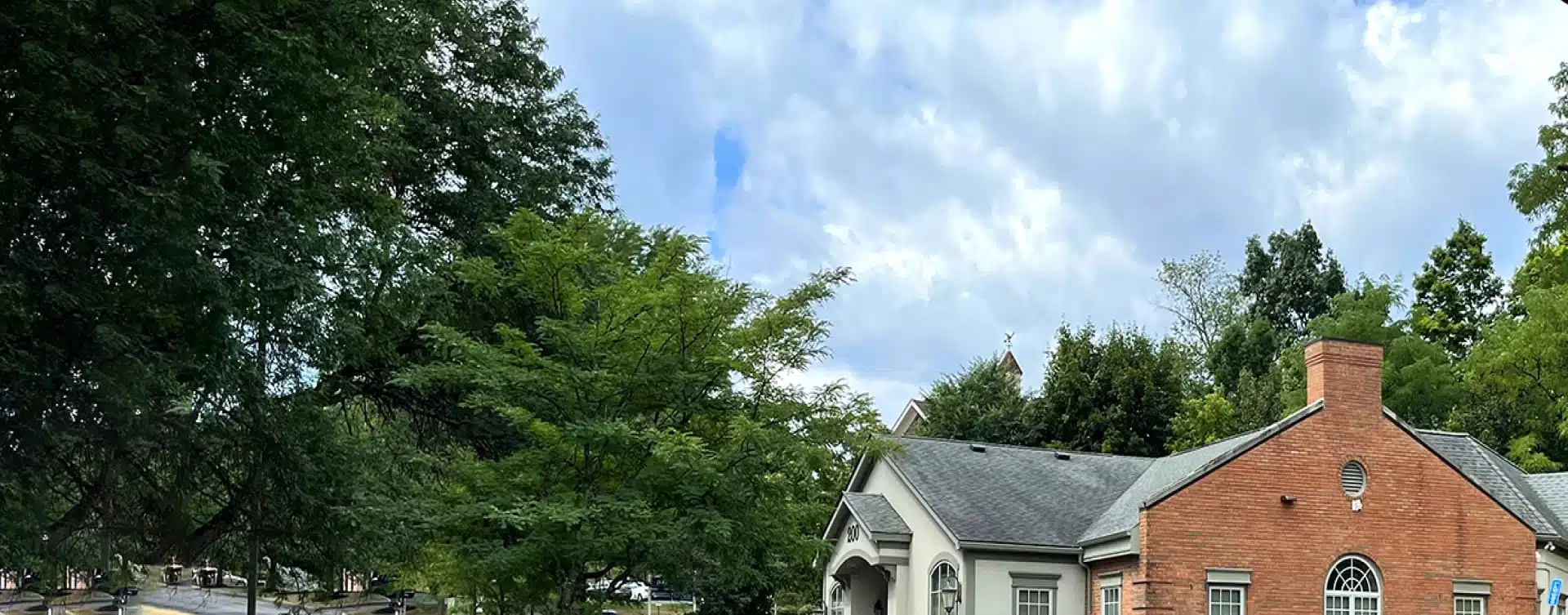Reveal the Benefits with Scar Revision
Scar Revision is more than just a cosmetic fix; it’s a pathway to renewed self-confidence and a more positive self-image. Dr. Rubinstein in Newburgh, NY, masterfully employs various techniques to significantly enhance the appearance of facial scars, transforming not just your skin, but also how you feel about yourself.
Scar Revision – The Surgery
There are a variety of techniques which may be used for scar revision including excision, punch grafting, soft tissue augmentation, laser resurfacing, chemical peels, microdermabrasion, and dermabrasion. With excision techniques, the scar tissue is removed and the incision is closed. Punch grafting, which is often used for deep acne scarring, involves the removal of the scar tissue and then either replacing or suturing closed the remaining tissue. Soft tissue augmentation involves injections of collagen, fat or other fillers to plump up depressed scars. Skin resurfacing techniques like laser resurfacing, chemical peels, microdermabrasion and dermabrasion remove the upper layers of scarred tissue to soften the appearance of the scar and make it less visible.
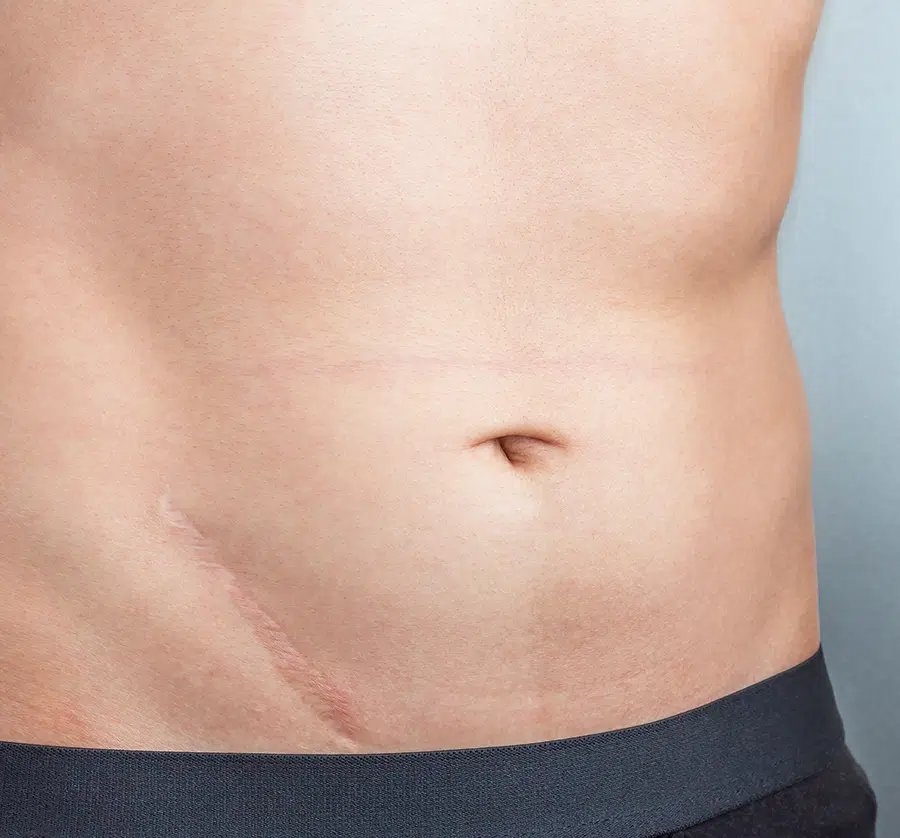

Ideal Candidates for Scar Revision
Plastic surgeons specialize in scar revision for patients seeking to improve the appearance of scars resulting from various surgical procedures, including cosmetic and reconstructive surgeries such as breast augmentation or reduction, tummy tuck, or even breast lifts. These professionals are adept at utilizing advanced techniques to address a wide range of scar types, from depressed and pitted acne scars to hypertrophic or elevated scars. Through virtual consultations and real stories from previous patients, individuals can explore conservative and surgical treatment options tailored to their specific skin condition and wound healing process.
For ideal candidates seeking scar revision, it’s crucial to consult with board-certified plastic surgeons or dermatologists who are experts in scar revision. They possess the expertise to assess the type of scar and determine the most suitable approach to enhance its appearance. Whether it’s laser scar revision for hyperpigmented acne scars or surgical interventions for depressed scars, these specialists strive to provide personalized solutions to address each patient’s concerns. By entrusting their care to skilled professionals experienced in scar revision, patients can regain confidence and improve their overall quality of life.
Start Your Journey to Success, Don’t Wait More!
Schedule a consultation with Dr. Rubinstein
Types of Scar Revision Surgery
Plastic surgeons specialize in various types of scar revision surgeries, catering to patients with diverse needs. From cosmetic surgery procedures like breast augmentation to reconstructive surgeries such as breast reduction and scar revision, they cover a wide range of options. Scar revision involves the meticulous treatment of scars resulting from surgical procedures, skin conditions, or wounds, aiming to improve their appearance and the overall texture of the skin.
During the entire process, board-certified dermatologists or cosmetic procedure providers utilize advanced techniques to address different types of scars, including:
- Depressed scars
- Hypertrophic scars
- Pitted acne scars
They offer conservative options like laser scar revision or more invasive procedures, depending on the severity and type of scar. Virtual consultations enable patients to discuss their concerns and explore treatment options like scar revision, breast lifts, or tummy tucks, ensuring personalized care tailored to individual needs. Real stories from patients who have undergone scar revision surgeries highlight the transformative impact of these procedures, restoring confidence and improving quality of life.
Scar Revision Consultation
When considering scar revision, patients consult with plastic surgeons or board-certified dermatologists experienced in cosmetic and reconstructive surgeries. These consultations offer comprehensive evaluations of scars resulting from surgical procedures, skin conditions, or injuries. Experts discuss various treatment options tailored to each patient’s needs, such as scar revision for breast augmentation or reduction surgeries, tummy tucks, or even scar revisions for facial procedures like eyelid surgery or ear surgery. During the consultation, patients can explore conservative options, advanced techniques, or laser treatments for scar revision, considering factors like scar type and appearance. Real patient stories may be shared to illustrate potential outcomes, and virtual consultations may be available for added convenience. Seeking guidance from scar revision experts helps patients navigate the healing process effectively, achieving improved aesthetic outcomes and boosting confidence post-surgery.

After Scar Revision Surgery: What to Expect
The recovery following scar revision will depend on the particular technique used. There is little to no downtime following soft tissue augmentation and microdermabrasion. Surgical procedures and skin resurfacing will involve a recovery period and patients are generally able to return to work and other normal activities within one to two weeks. Some swelling and bruising may occur depending on the technique used. In many cases, the scar may appear worse at first but it will fade in time.
Scar Revision Recovery Process
The recovery process following scar revision surgery is overseen by experienced plastic surgeons or board-certified dermatologists, offering comprehensive care from initial consultation to post-operative follow-ups. Patients receive support tailored to their needs, whether for cosmetic enhancement or functional improvement of previously injured areas. Throughout recovery, typical symptoms like discomfort, swelling, and redness are managed, with advanced techniques like laser scar revision addressing various scar types such as depressed acne scars or hypertrophic scars. Guidance on wound healing and conservative scar management options is provided, with virtual consultations available for convenience. Real patient stories offer encouragement, emphasizing the importance of patience and adherence to post-surgery care for optimal outcomes, including improved appearance and confidence, leading to enhanced quality of life.
Potential Complications of Brow Lift
Although a brow lift is generally considered to be safe, as with any surgical procedure, there are potential risks and complications involved. Some of these include infection, scarring, and numbness of the skin around the incisions. It’s important to note that a brow lift may also cause aesthetic changes in the appearance of your eyes that could take time to adjust to. However, Dr Rubinstein takes great care to ensure the safety of all patients and works with each individual to ensure optimal results.
Why Choose
Dr. Rubinstein
- Dr. Rubinstein is one of the top facial plastic surgeons in New York & New Jersey.
- He is double board certified by the American Board of Facial Plastic Surgery and the American Board of Otolaryngology-Head and Neck Surgery.
- Dr. Rubinstein has been in both private and academic practice for over 20 years.
- He is also an active member of the American Society for Laser Medicine & Surgery.
- Clinical Professor at New York Presbyterian Hospital.
